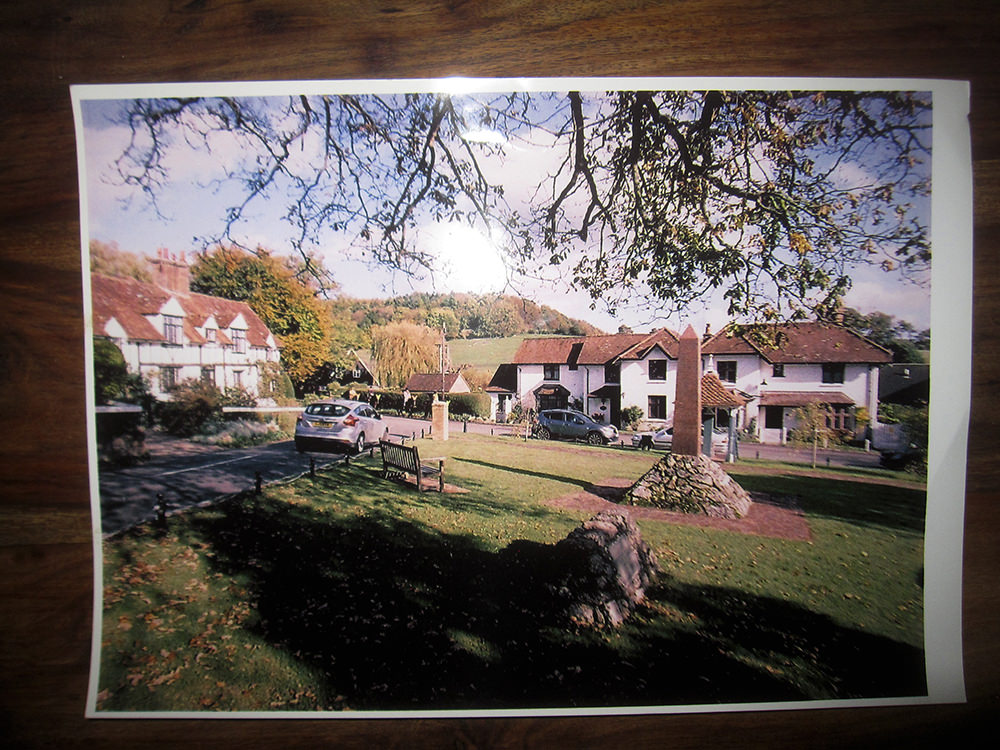- Messages
- 4,979
- Name
- Dave
- Edit My Images
- Yes
Interested in your recipe when you send films for processing at a lab…. Faced with choices such as small, medium or large scans and whether to go with Noritsu or Fuji Frontier scans along with other notes such as whether to add sharpening or not, I get a bit confused and in fairness simply go for medium scans with no other instructions.
What should I be asking for or is this as good as I need?
What should I be asking for or is this as good as I need?



